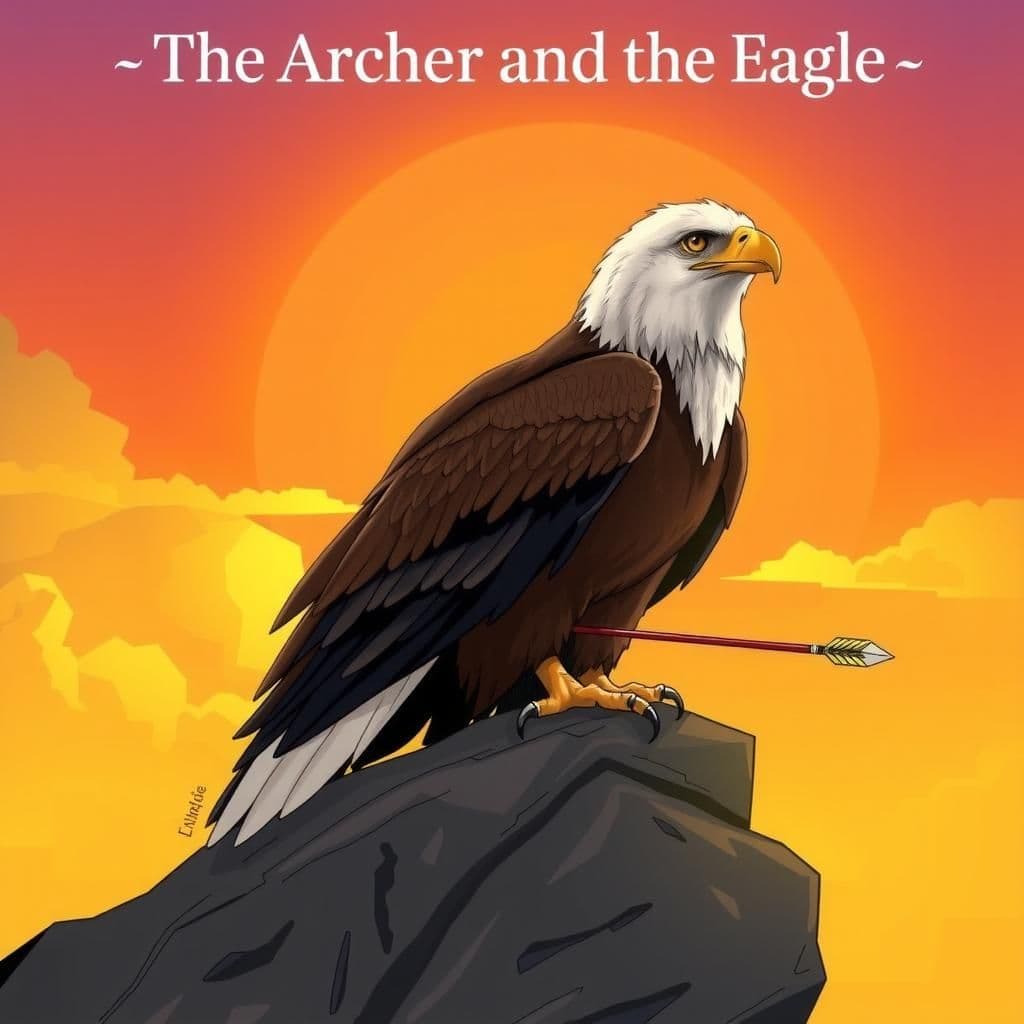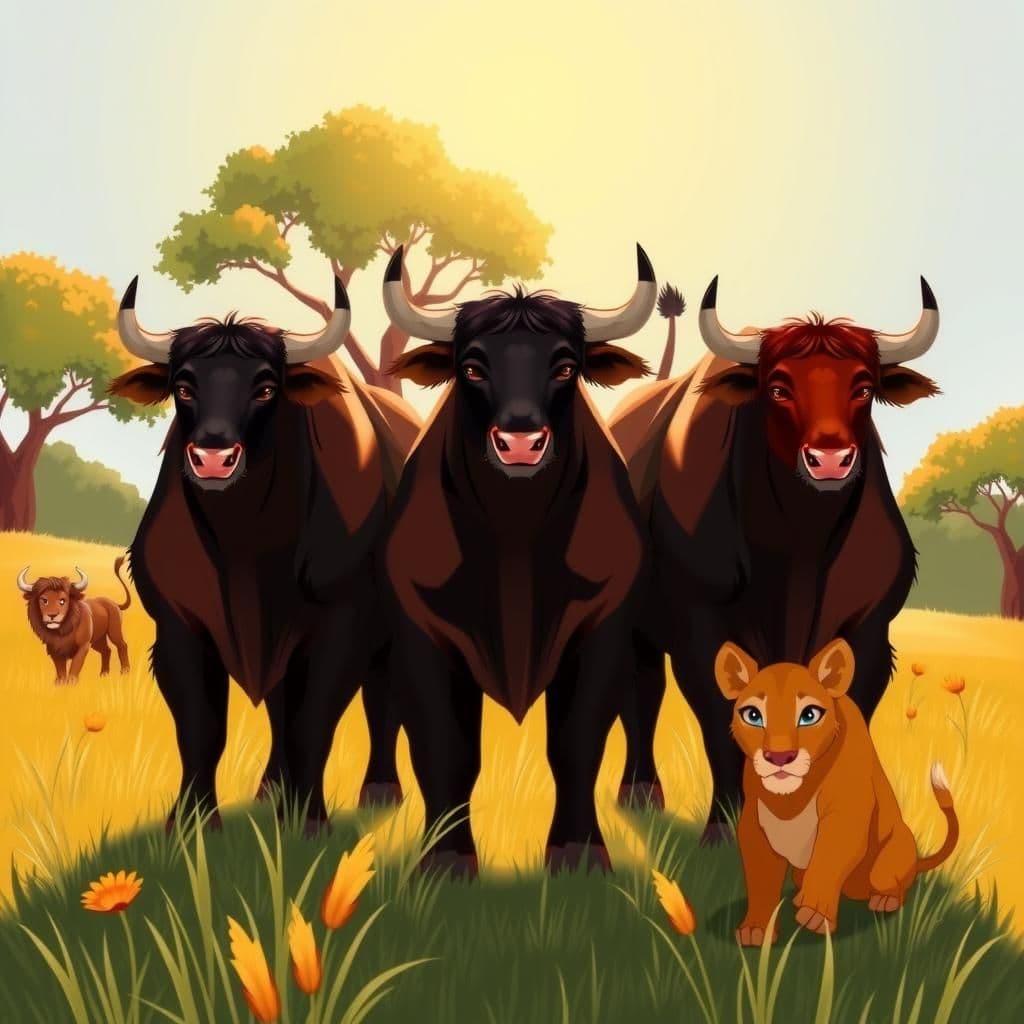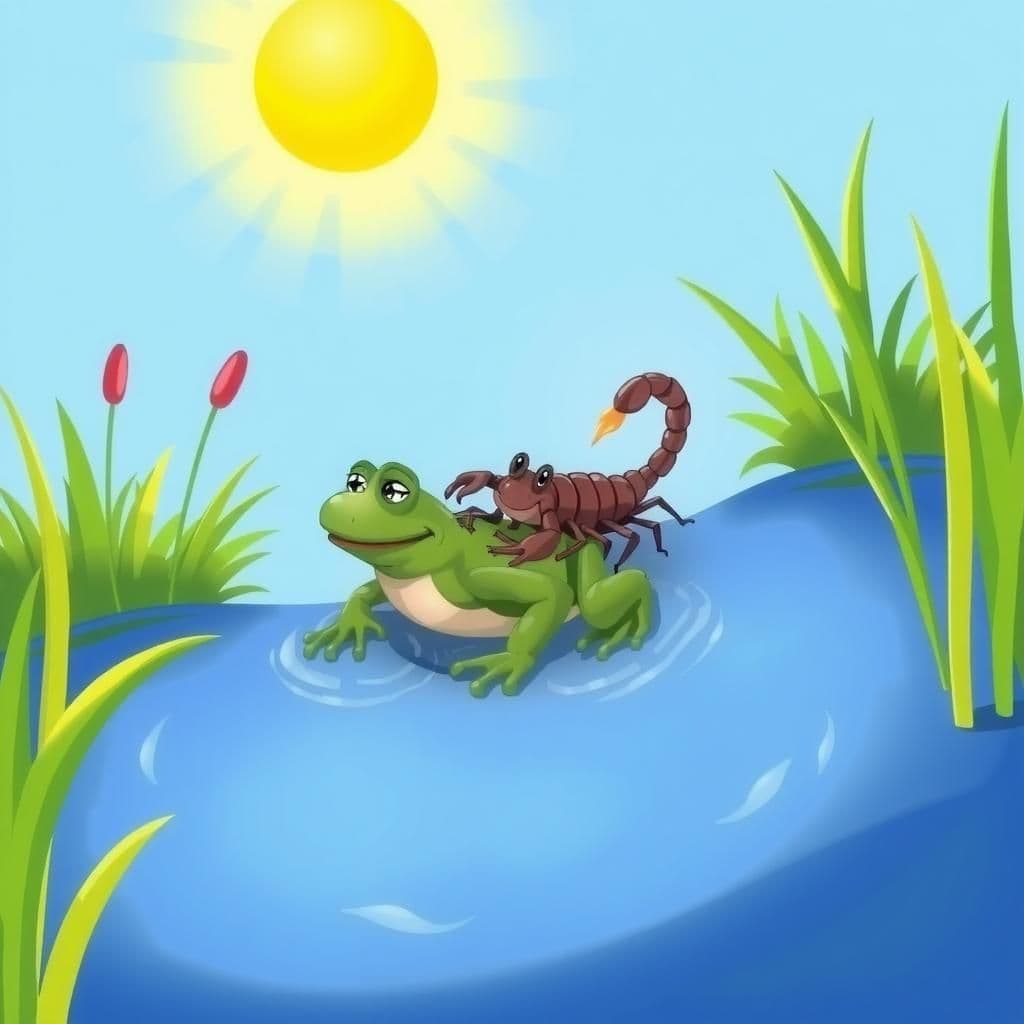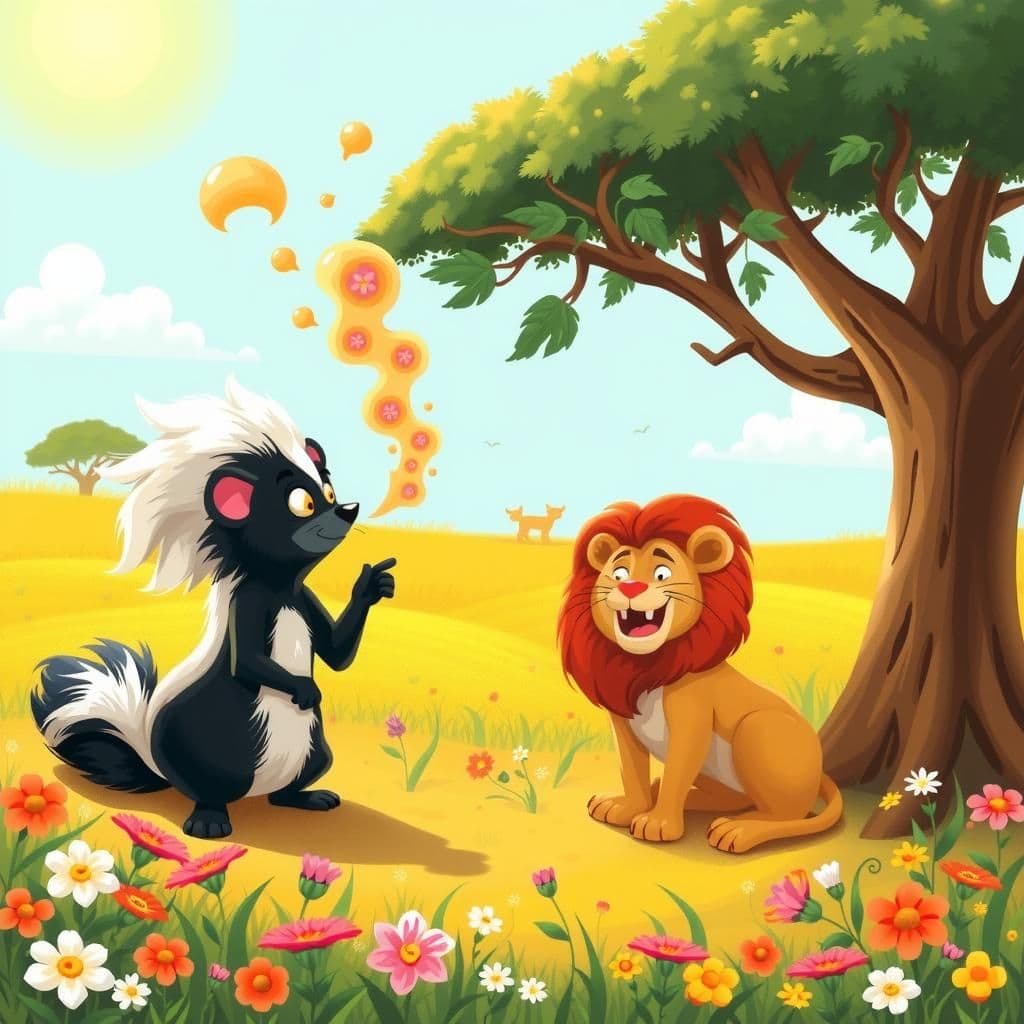The Archer and the Eagle

Story Summary
In "The Archer and the Eagle," a mortally wounded eagle finds comfort in the fact that the arrow that struck him was feathered with one of his own quills, highlighting a profound lesson from moral stories. He reflects, "I should have felt bad, indeed, to think that any other eagle had a hand in this," showcasing the depth of his acceptance. This captivating moral story reminds us that sometimes, the source of our pain can provide solace, making it one of the best moral stories to inspire resilience.
Click to reveal the moral of the story
The moral of the story is that it can be less painful to face betrayal or harm from one's own kind than from an outsider.
Historical Context
This fable reflects themes of self-identity and the complexities of betrayal, common in Aesop's Fables, which have roots in ancient Greece and often convey moral lessons through animal characters. The story highlights the idea that personal connections can offer solace even in times of suffering, suggesting that understanding one's identity can mitigate feelings of pain and betrayal. Retellings of such fables have persisted through various cultures, emphasizing their universal relevance and moral implications.
Our Editors Opinion
This story reflects the contemporary theme of self-accountability and the pain of betrayal, particularly when it stems from one's own choices or actions. For instance, a business leader may feel a profound sense of loss when a trusted employee undermines their authority, realizing that their own management style or decisions allowed for such betrayal to occur, mirroring the Eagle's realization that his own feather contributed to his downfall.
You May Also Like

The Lion and the Three Bulls
In this famous moral story, three bulls who have always pastured together fall prey to a cunning lion that fears attacking them as a group. By deceitfully separating them, the lion is able to feast on each bull individually, demonstrating the unique moral that unity provides strength and protection. This life-changing story serves as a reminder of the power of togetherness in overcoming adversity.

The Scorpion and the Frog
In the captivating moral story "The Scorpion and the Frog," a scorpion persuades a frog to carry him across a stream by promising not to sting him, claiming it would lead to both their deaths. However, midway across, the scorpion stings the frog, leading to their mutual demise, as he explains, "It's my nature." This meaningful story with a moral serves as a reminder of the inherent traits that can lead to tragic consequences, making it one of the short stories to learn morals from.

A Needless Labour
In "A Needless Labour," a Skunk seeks revenge on a Lion for a perceived slight and confronts him with an unpleasant odor, believing it to be an effective tactic. However, the Lion dismisses the Skunk's efforts, revealing that he already recognized his identity, making the Skunk's actions pointless. This unique moral story teaches a valuable lesson about the futility of seeking revenge in educational moral stories for class 7.
Other names for this story
Wounded Wings, Feathered Fate, Arrow of Destiny, The Eagle's Quill, Bow and Talon, A Bond Beyond Battle, The Archer's Regret, Eagle's Last Flight
Did You Know?
This story highlights the theme of self-identity and the idea that our greatest betrayals often come from within our own kind, emphasizing the importance of understanding the sources of our pain and the complexities of loyalty. The eagle's comfort in knowing his demise was caused by his own feathers suggests a poignant reflection on the nature of self-responsibility and acceptance.
Subscribe to Daily Stories
Get a new moral story in your inbox every day.